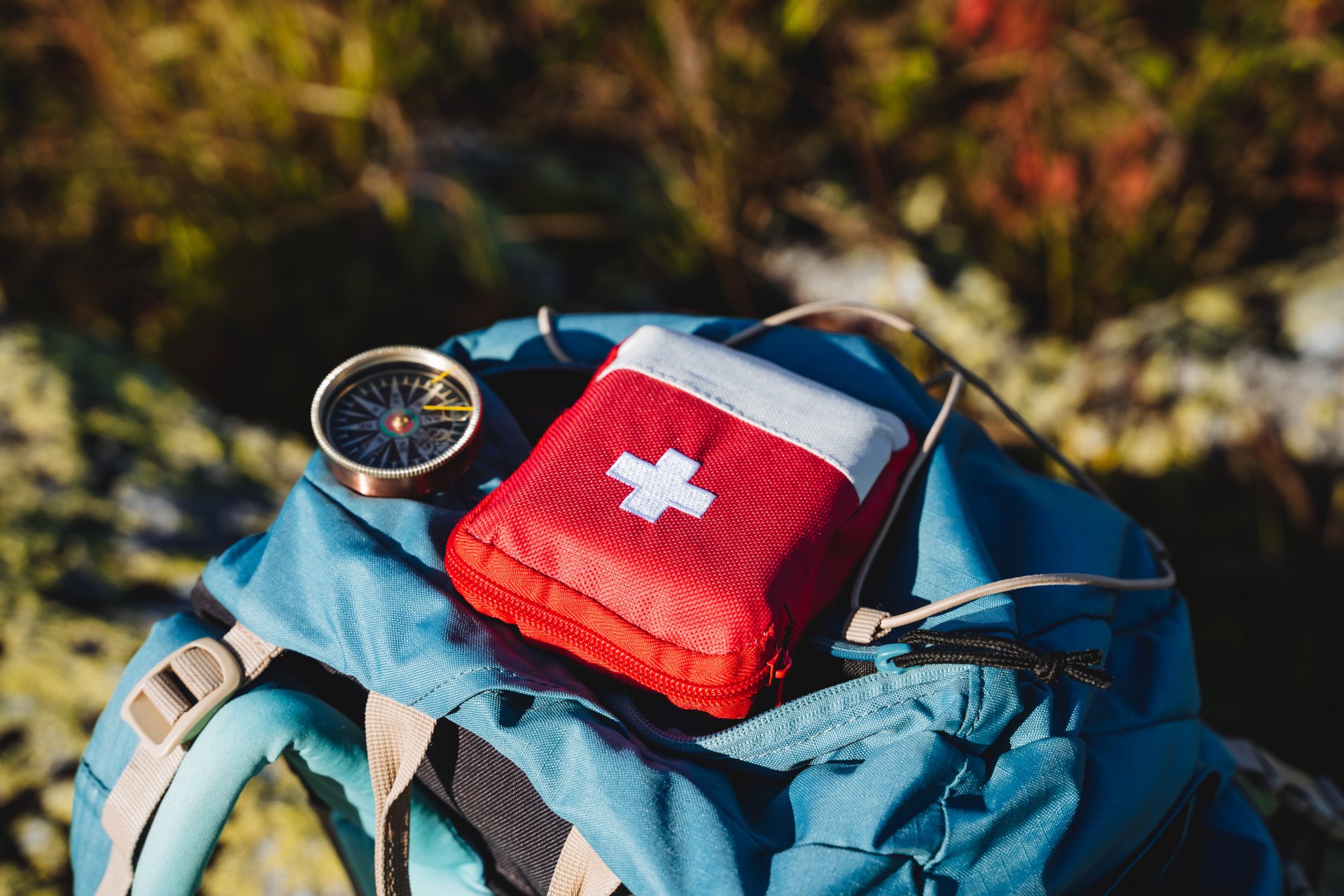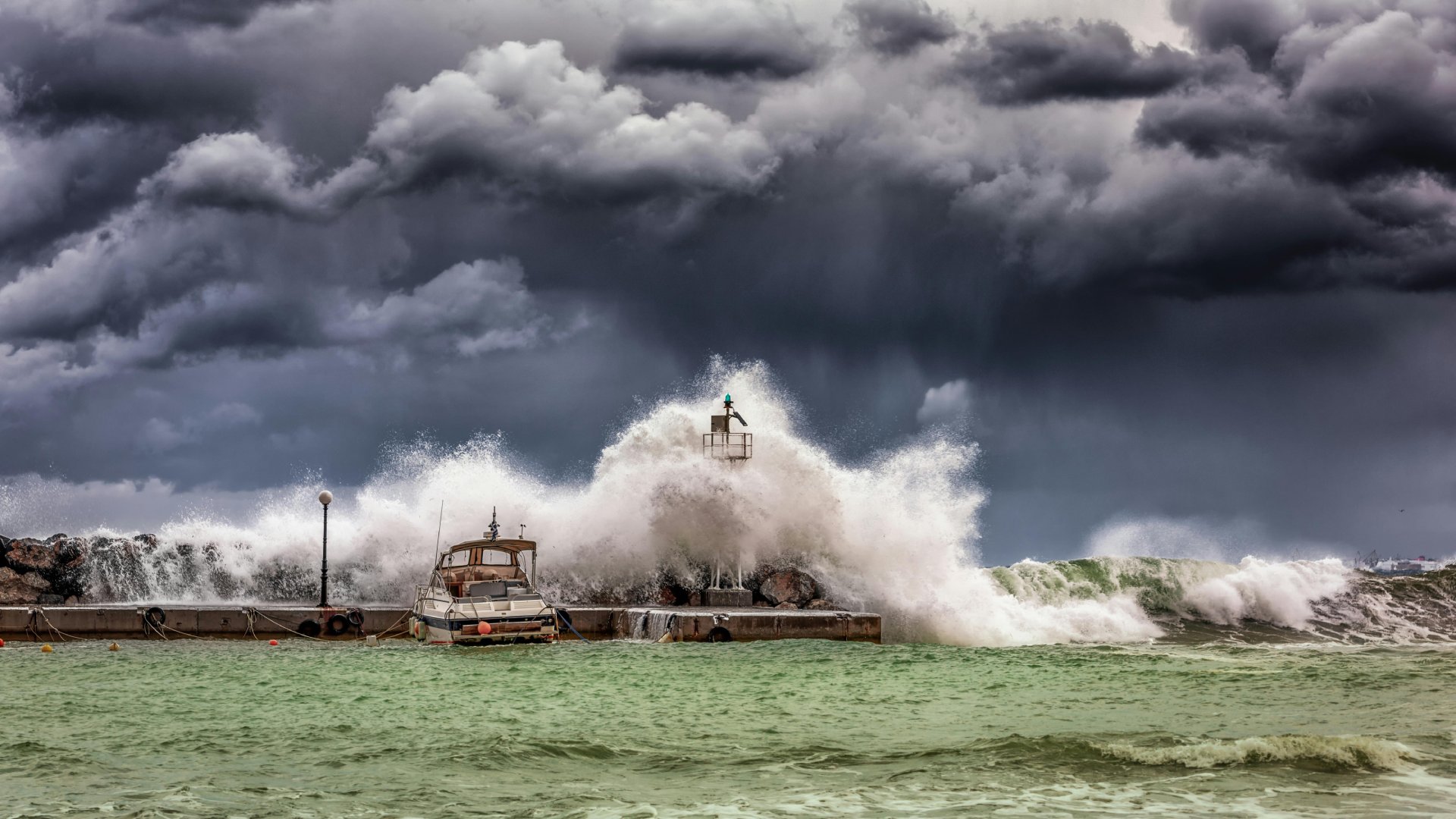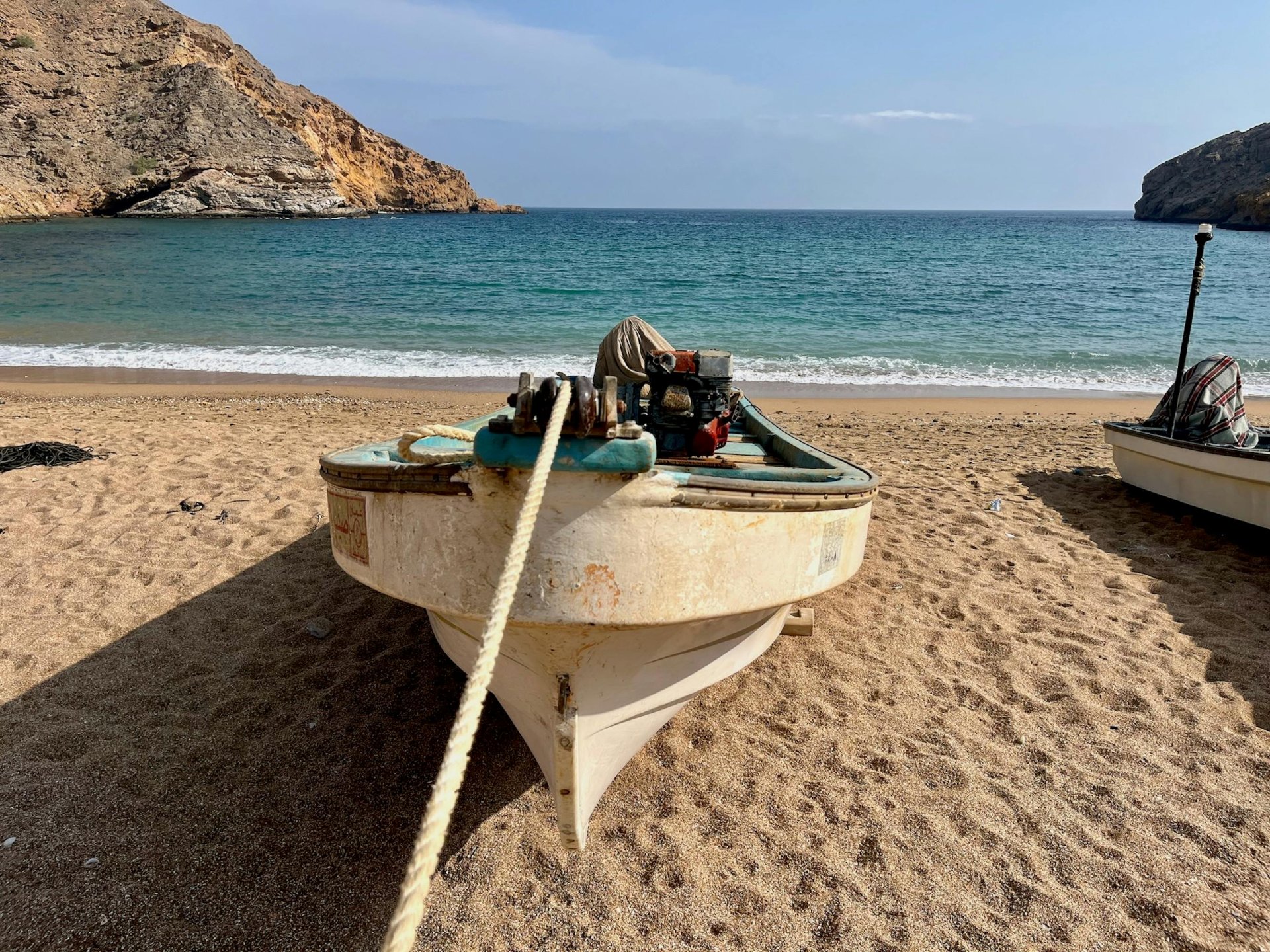Article Highlights
- The U.S. Department of State has issued a travel alert due to increased global tensions and potential threats.
- The alert follows recent attacks by Hamas and the escalating Israel-Hamas conflict.
- Travelers should prepare a “go bag” with essential items for safety and survival.
- Recommended items include emergency cash, first aid kit, communication devices, and water purification tools.
On October 19, 2023, the U.S. Department of State released an alarming travel alert:
“Worldwide Caution: Due to increased tensions in various locations around the world, the potential for terrorist attacks, demonstrations or violent actions against U.S. citizens and interests, the U.S. Department of State advises U.S. citizens overseas to exercise increased caution.”
The call for heightened vigilance is in response to the October 7 attacks on Israel by Palestinian terrorist groups led by Hamas, and the escalating threat of wider violent conflict as the situation in Gaza and the region intensifies.
[Related Reading: Wartime Travel? Essential Information During the Russia-Ukraine Conflictonflict]
Preparing for Travel in Volatile
Given the expanding volatility of world travel resulting not only from the Israel-Hamas war but from the ongoing Russian invasion of Ukraine and potential tensions over territory disputes in the South China Sea, business and leisure travelers alike should prepare for the possibility of a hasty departure on their next trip.
While having a travel protection service in place should be the first item on the to-do list, preparing a “go bag” for your next overseas trip should be second.
“Whether you’re traveling to a potentially dangerous region or already in one, preparing a go bag packed with key items will increase your likelihood of safety or even survival when it’s necessary to immediately relocate to a safer area or depart the region at less than a moment’s notice,” said Harding Bush, a former Navy SEAL and senior manager for security operations at Global Rescue.
In other words, if you have to drop everything and make a run for it, a go bag is full of things you’ll want with you.

21 Must-have Survival Items in Your “Go Bag” for Emergencies
Go bags don’t have to be anything fancy. In fact, given the situation during which you’d use it, it’s best to have one knowing that it’ll likely get pretty beat up, and possibly even left behind after evacuation. It should be small and light, like a knapsack, so you can grab it and go quickly, but also so that it can easily pack into a suitcase.
What should you include in your go bag? Think essentials for fire, food, water, communication, signaling, navigation, first aid, temporary shelter, identification, travel documents and cash.
We recommend packing these 21 items into your go bag (in alphabetical order):
- Air Filtration Mask – An N95 mask is a respirator and, if worn correctly, will filter out the small respirable particles found in smoke.
- Aluminum Cup and Water Bottle – Need to boil water? An aluminum cup will come in handy. Include a tough, lightweight plastic water bottle, like a Nalgene bottle, for water.
- Clothing – Rain or warm weather gear based on your location.
- Communication Device(s) – Most everyone has a cell phone. Consider a two-way satellite communication device, if permitted in the region you are visiting. Add in extra charging batteries. Remember, those devices may fail due to loss of charge or jamming. What’s left? A mirror and the loudest whistle you can find will alert search and rescue to your location. Add a small notebook with pencils.
- Duct Tape – Use duct tape to stabilize a limb, patch a leaky tent, keep food bags closed, or twist into rope. Experts recommend bringing about 20 feet and wrapping it around your water bottle to minimize its size.
- Emergency Blanket – Space blankets made of lightweight Mylar might be easier to pack and can double as a reflective device.
- Emergency Cash and Backup Credit Cards – Keep a sufficient amount of emergency cash in both local currency and a widely accepted international currency. ATMs and banking systems may be inaccessible during or after an emergency. Additionally, carry backup credit or debit cards in case your primary card gets lost, stolen or compromised.
- Emergency Contact Information – Carry a list of emergency contact numbers, including local authorities, embassy or consulate contact details, and the phone numbers of your loved ones back home. In the event of a disaster, communication networks may be disrupted, so having these numbers readily available can help you seek assistance and inform your family about your well-being.
- First Aid Kit – A stripped down first aid kit would include essentials: a Sam splint, some Ace bandages and gauze pads of various sizes, a tourniquet and a compression device that could be a lifesaver when you need to stop the flow of blood. Remember to include adhesive bandages, antibiotic ointment like Neosporin, lip balm like Chapstick and similar things for the smaller injuries that could get worse if left untreated.
- Gloves – Consider your location and choose the most appropriate type of glove. Work gloves in case you have to move debris. Gloves should combine warmth, waterproofing, dexterity, durability and usability. Having an extra pair is always a good idea.
- Hygiene Items – If space is limited, stash away some biodegradable face and body wipes. It will go a long way to help you keep your sanity if rescue is a day or so away. Second priority: a toothbrush and a small tube of toothpaste.
- High-calorie Food – Pack high-calorie food with a blend of protein, fat and carbs. Energy bars are a good choice like RX Bars or LARABARs. Bouillon cubes — either veggie or meat stock — have a two-year shelf life. You’ll be able to stay hydrated, have a small amount of nourishment, and the warmth of broth is a morale booster.
- Light – A small, powerful flashlight with extra batteries. A headlamp is better since it leaves your hands free.
- Lighter, Matches, Fire Starters – Fire for warmth, signaling and boiling water is essential. Pack multiple fire-making devices and store them in a waterproof bag.
- Multi-Tools – You may have a multi-tool, like a Swiss Army knife or a Leatherman, but do you have a mealtime multi-tool? An eating utensil — used for cooking, eating or other useful purposes — should include a knife, fork, spoon, can opener or bottle opener.
- Navigation Tools – No matter how well you know the area or terrain, mistakes can be made. Never leave shelter without navigation tools, including a GPS unit with cellular or satellite coverage, a map and a compass.
- Paracord – Paracord (also known as 550 cord) is a must-have. It is versatile, lightweight and cheap. The uses are endless. Add 50 feet to your survival kit.
- Rx and Over-The-Counter Medications – Include the over-the-counter medications you take regularly. Add a small supply of pain relievers, antacids or decongestants to your first aid kit.
- Valid Identification and Travel Documents – Ensure you have your passport, identification and any necessary travel documents readily accessible. These documents are essential for identification, possible evacuation, and re-entry into your home country. Keep them in a waterproof and secure location, such as a sealed plastic bag within your travel bag.
- Water – The American Red Cross recommends one gallon per person, per day. No one could carry that much with them, so you’ll want to have water treatment supplies to purify and filter water. You can boil water, use chlorine and iodine, or a UV light purifier.
- Zip Lock Bags – Resealable sliding channel storage bags, like Ziploc bags, are a great way to keep items waterproof. GearJunkie lists all the uses for this versatile survival kit item: store toilet paper, keep electronics dry, organize snacks, keep fire starters dry/organized, pack out trash and catch rainwater. Just make sure the brand has a sturdy zipper and thicker plastic.
[Related Reading: Ultimate Travel Safety Kit]
These items are in addition to the standard travel essentials like appropriate clothing, toiletries and personal items. And if you’re asking how you’ll pack all of these go bag items and a knapsack into your suitcase, keep in mind that most are relatively small, light and flexible. Several of them can be purchased at your destination as well.
Go Bag Essentials Are Not All You Need
No matter how comprehensive you might think your go bag is, nothing beats not having to use the items in the first place. Avoidance is the best form of prevention. “It’s crucial to stay informed about local emergency procedures,” said Global Rescue’s Harding Bush. “Listen to instructions from local authorities during an international emergency. Taking these precautions will enhance your safety and preparedness when traveling internationally.”
If you’re planning a trip to a volatile region where international travel is still permitted, get in touch with Global Rescue to help equip you with up-to-date intelligence, and help ensure your safety and security, be it go bag prep or other precautionary preparations.









